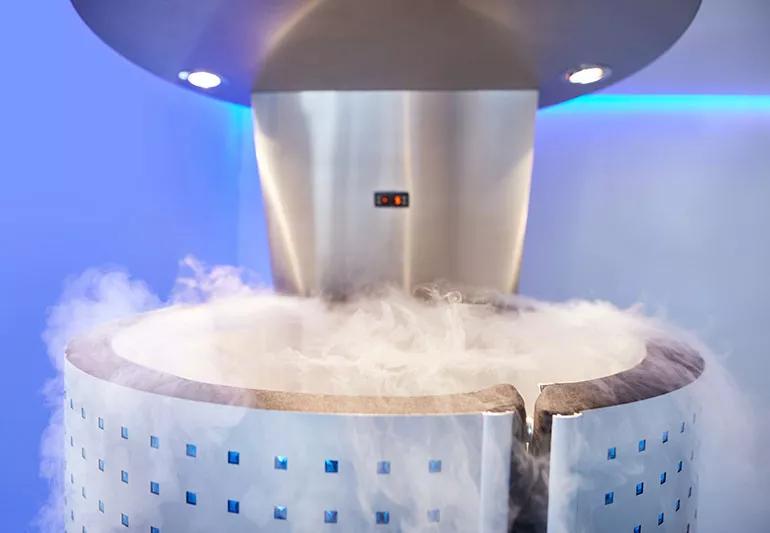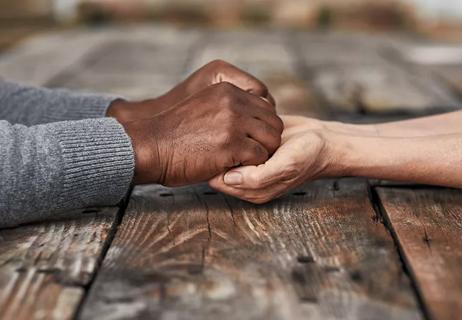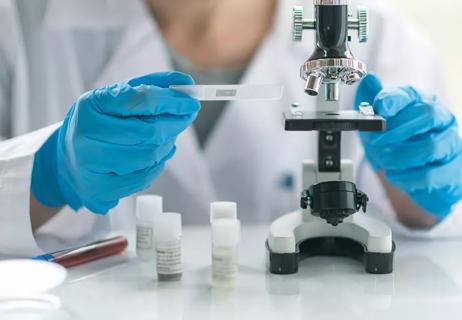The short answer from an exercise physiologist

A: If your goal is to simply dull aches and pains after a tough workout, the answer may be yes. But if you’re looking for a treatment that helps your muscles develop and grow stronger… well, it might not be your best choice.
Advertisement
Cleveland Clinic is a non-profit academic medical center. Advertising on our site helps support our mission. We do not endorse non-Cleveland Clinic products or services. Policy
There’s growing evidence that cold treatment may actually slow muscle recovery after workouts. That’s true of simple ice packs as well as cryotherapy chambers, which can subject your body to temperatures below -200 degrees Fahrenheit.
Confused? That’s understandable given that icing has been the go-to recovery method for athletes for decades.
But the thinking is changing. Even the sports medicine doctor who encouraged icing for athletic injuries decades ago as part of his RICE method (rest, ice, compression and elevation) has backed away from cold treatment.
So why is that, you ask? Basically, icing your sore muscles puts the freeze on your body’s natural – and highly effective – healing response.
That soreness you feel after a tough workout is the byproduct of the strain you put on your muscles. Pushing hard while exercising results in microscopic tears in your muscle fibers. Your body responds accordingly, increasing blood flow to the area to repair the damage.
This process of tearing down and building up your muscles makes you stronger in the long run. Unfortunately, the price of those gains is often inflammation and some discomfort.
Cryotherapy chambers, or just icing, disrupt that natural process. The cold constricts blood vessels in the iced area, sending blood away from that part of your body and toward your core and vital organs.
Advertisement
That diversion of blood flow slows your metabolic process, which reduces swelling. The cold also numbs the area to temporarily relieve some pain.
So you will feel better, but you might not be getting as much out of a workout as you thought. That makes cold treatments less than ideal if you’re in the strength-building phase of a training regimen.
Now, this doesn’t mean it’s time to thaw every ice pack. Cold treatments may be the right decision if you’re looking for short-term recovery after a workout instead of long-term gains. Make the decision based on your needs.
Consider other recovery options, too, such as foods that fight inflammation and other tips.
As far as the best way to get a whole-body cold treatment, cryotherapy chambers are trendy with a definite coolness factor. (Just do an internet search for professional athletes and celebrities who use the device and you’ll understand.)
But a simple ice bath pretty much offers the same treatment benefits of a high-tech cryotherapy chamber without the cost, which typically starts around $50 for a few minutes.
— Exercise physiologist Zach Carter, CSCS
Advertisement
Learn more about our editorial process.
Advertisement

Here’s how (and why) to ask your doctor about treatment goals, second opinions, clinical trials and more

Chemo cold caps may help you keep more of your hair during therapy

Practice meditation together, make a unique-to-them care package and embrace emotions

From a thoughtful note to a special pillow, these items are a win

How to create your own organizational system

Take these steps to limit the damage

New drugs are better at targeting cancer cells

The short answer from an oncologist

Babies can get congested easily, but you can calm their cough by keeping them hydrated, using nasal drops and running a humidifier

Weight loss may cause loose, sagging skin and muscle loss to your rear

Several conditions, like vitiligo and fungal infection, can cause a loss of pigmentation, leading to white spots or patches on your skin